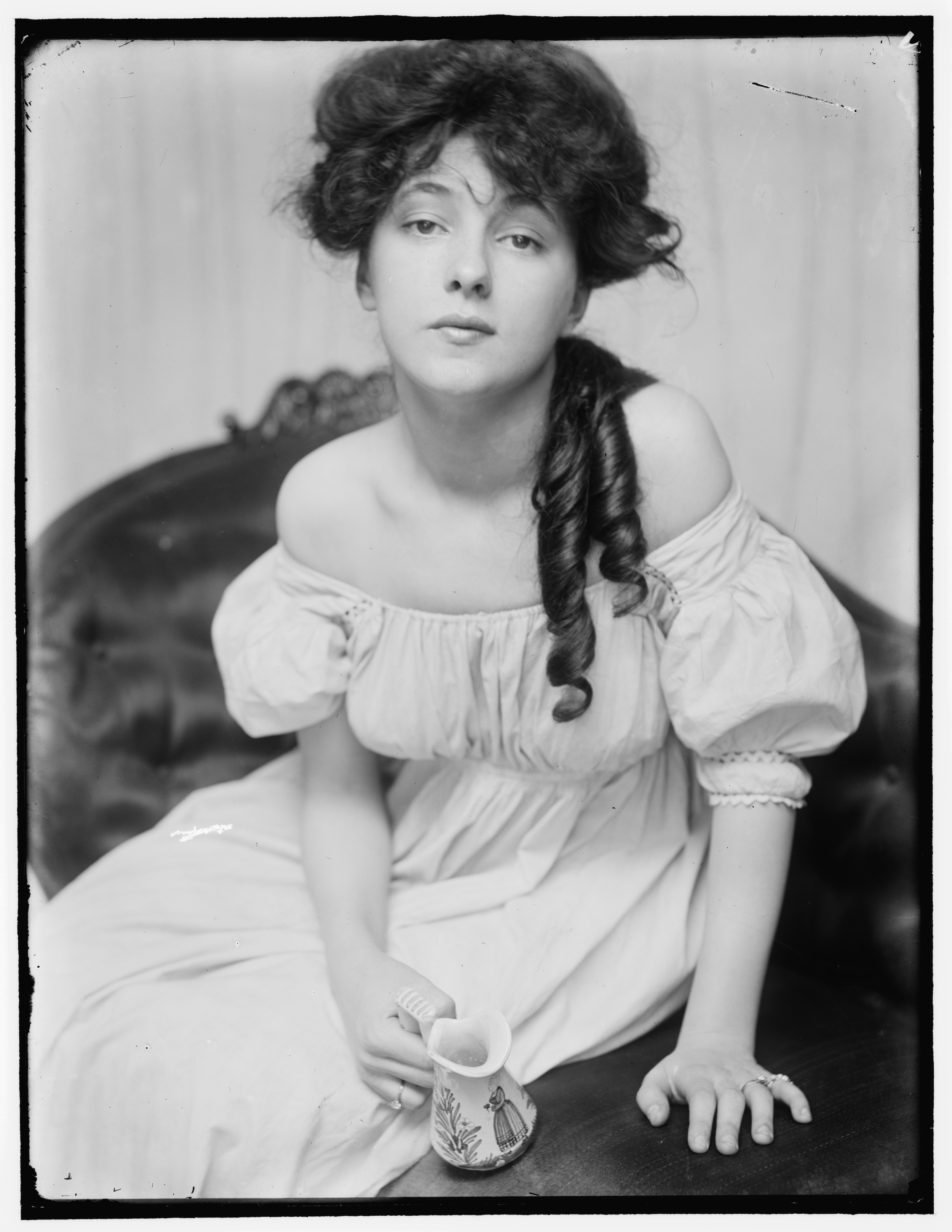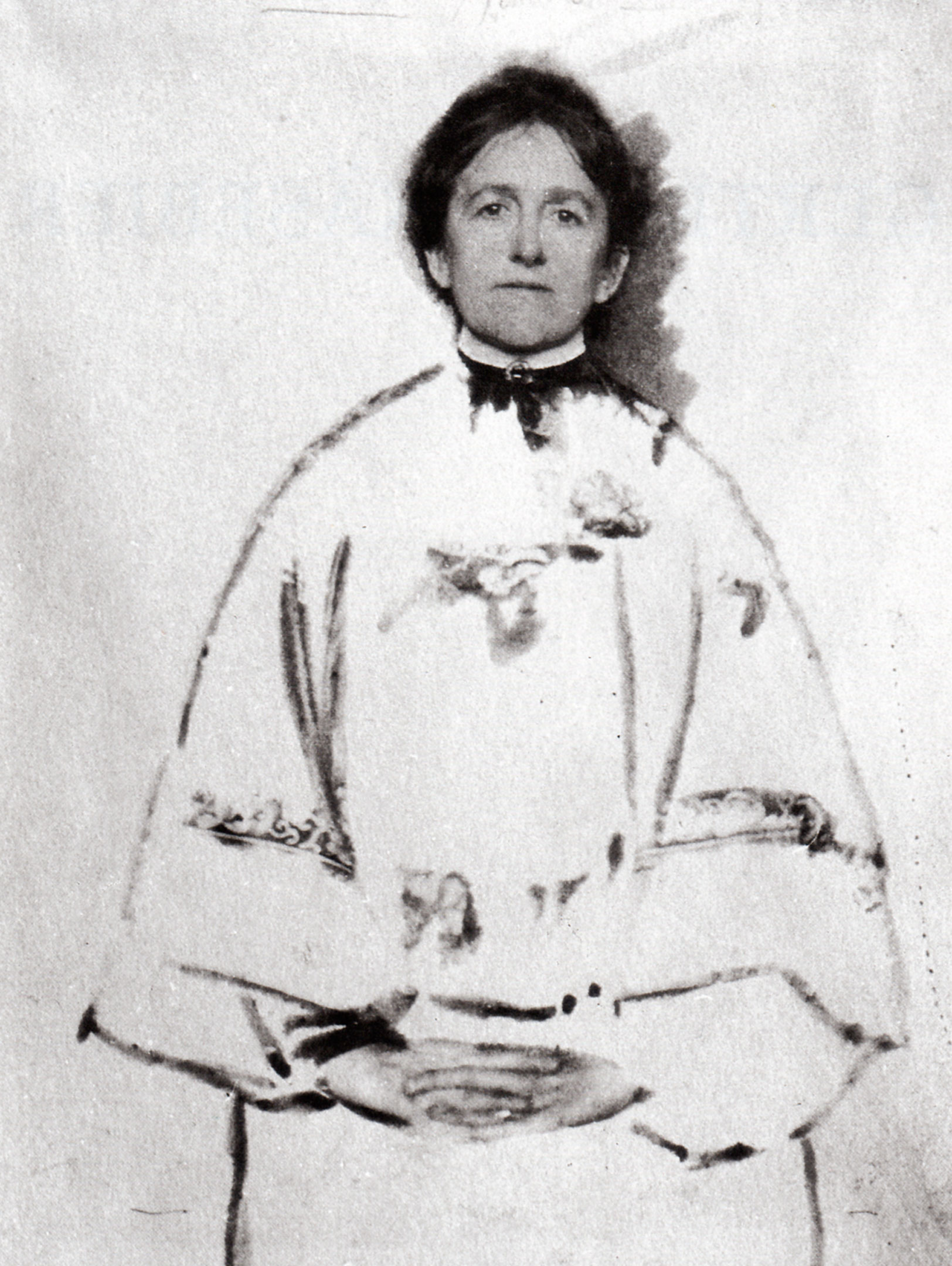Most artists are clearly born artists. Few others go through many changes, perhaps suddenly, before deciding that art was needed. Gertrude Stanton was born in 1852 at Des Moines USA. As a child she was always trying to draw images with water. Her mother wanting her to play the piano, without much success. Before her twentieth birthday her father had died. Her mother then opened a boarding house in Brooklyn to pay the bills. It was here that Gertrude met and married Eduard Käsebier.
Later she admitted it had been an impulsive marriage, entered into after another, disappointing romance. She said, "If my husband has gone to Heaven, I want to go to Hell. He was terrible... Nothing was ever good enough for him." They separated early, but didn't divorce. Yet he supported her going to college, first studying drawing and painting, but very soon switching to photography. In 1915 she created a depiction of her marriage. The photo, entitled Yoked and Muzzled - Marriage looks harmless enough until you know the background and can interpret its title. Getrude travelled to Europe extending her teaching, but returned in 1895. Starting to work in earnest she exhibited 150 photos in the next year, an enormous amount. From then on she kept studying and searching for new subjects, for example portraying many of the Sioux indians. In 1902, she decided it was time for a new direction so she founded the Photo-Secession movement together with fellow photographer Alfred Stieglitz. Today’s photo depicts Florence Evelyn Nesbit (1884-1967).
Bearing the title 'Miss N.', it was taken in 1903. Evelyn was a chorus girl and a well know actress. This work has several ambiguities to me. Everything looks very staged. The depth of field makes her face and upper body look crisp and almost detached from the blurry background. Her hair on top is carefully dishevelled, yet the curls on her shoulder look neatly placed. Is she sensually awakening or longing to be far away? The cup in her hand bears the image of a woman in traditional dress. The woman is carrying a posy (a small bouquet), which is also the name for a short motto inscribed within a ring. Perhaps there is an inscription on one of the many rings she is wearing.
Käsebier helped to establish the Women's Professional Photographers Association of America in 1910 where she remained very active until 1929, gaining much acclaim. She then gave up photography and sold her studio, lock stock and barrel. Gertrude Käsebier (May 18, 1852 – October 12, 1934) was born an artist, but took the long route to explore and extend her mastery.
- Erik


 Gertrude Käsebier
Gertrude Käsebier